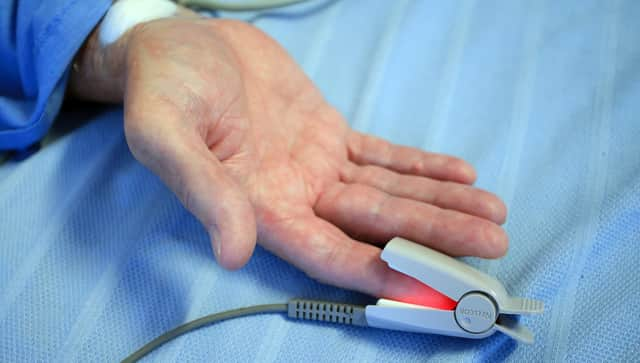More emergency cancer patients in east Sussex than pre-pandemic


More cancer patients are receiving emergency diagnoses than they were before the pandemic in east Sussex, new figures show.
Across England, the percentage of cancer patients presenting as an emergency has fallen in the last year – though it remains above pre-pandemic levels, and Cancer Research UK says more must be done to diagnose cancers at an earlier stage and limit emergency presentations.
Advertisement
Hide AdAdvertisement
Hide AdAn emergency presentation is when a diagnosis is given within 30 days of a hospital admission and does not include more managed routes, such as cancer screening or through a GP.
NHS Digital figures show 793 people first presented as having cancer in the NHS East Sussex CCG area between October and December – of them, 162 were deemed to be an emergency.
It meant 20.4% of patients were classed as an emergency – up from 18.1% in the same period in 2020.
This is also higher than the final quarter of 2019 (19.9%), the last before the coronavirus pandemic.
Advertisement
Hide AdAdvertisement
Hide AdNationally, 13,000 of 70,000 total presentations were emergencies between October and December – meaning 18.8% of cancer presentations were an emergency.
This is the lowest of any quarter since the pandemic began, but remains above the 18.4% between October and December 2019.
Pancreatic cancer had the highest percentage of emergency presentations in October to December nationally, at 57%, followed by acute myeloid leukaemia and central nervous system tumours.
Cancer Research UK said the fall in emergency cancers could reflect a rise in people being diagnosed through regular routes, but also expressed concern that emergency rates remain high.
Advertisement
Hide Ad